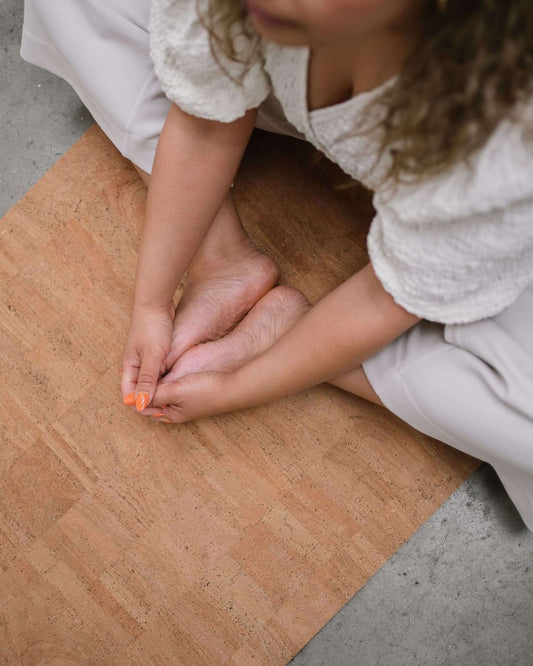Breathing exercises are a simple yet powerful tool to soothe your mind and body and promote a restful night's sleep. By taking slow and deep breaths, you can calm your nervous system, slow down your heart rate, and reduce stress levels.
Fortunately, there are numerous breathing techniques that you can experiment with to find the ones that work best for you. In this article, we will focus on three highly effective breathing techniques for sleep. So, why not try these techniques and see which one/s help you drift off into a peaceful slumber?

THREE BREATHING EXERCISES FOR SLEEP
1. RESONANT (COHERENT) BREATHING
This breathing technique involves breathing at a specific rate to achieve a state of relaxation and reduce stress. Here's how to practise resonant (coherent) breathing:
- Find a comfortable seated position, relax the shoulders and belly, and exhale.
- Inhale slowly through your nose for a count of five, expanding the belly as air fills the bottom of the lungs.
- Without pausing, exhale slowly through your nose for a count of five, bringing the belly in as the lungs empty.
- Each breath should feel like a circle. Continue breathing in this way for several minutes (repeat at least 10 times), aiming to maintain a steady, rhythmic pattern of inhaling and exhaling for the same count.
- As you breathe, try to focus your attention on the sensation of the breath moving in and out of your body.
Research suggests that resonant (coherent) breathing can have a positive effect on the autonomic nervous system, helping to reduce stress and promote relaxation. It can be practised anytime, anywhere, and may be especially helpful before bedtime to calm the mind and prepare for sleep.
2. BOX BREATHING (VARIATION)
Box breathing is a type of breathing technique that involves inhaling, holding the breath, exhaling, and holding the breath again for equal amounts of time. This variation of box breathing deeply relaxes the body and it’s especially effective before sleeping, here’s how to practise it:
- Find a comfortable seated or lying position, and close your eyes.
- Inhale slowly and deeply through your nose for a count of four.
- Hold your breath for a count of four.
- Exhale slowly and completely through your nose or mouth for a count of six.
- Hold your breath for a count of two.
- Repeat for at least 6 rounds.
Box breathing can help calm the mind and body, reduce stress, and improve focus and concentration. It can be practised anytime, anywhere, and may be especially helpful before bedtime to prepare for sleep.
3. ALTERNATE NOSTRIL BREATHING (NADI SHODHANA)
Alternate nostril breathing, also known as Nadi Shodhana, is a breathing technique used in yoga and pranayama practices.
This standard pranayama technique improves lung function and lowers heart rate, blood pressure, and sympathetic stress. It’s an effective technique to calm the mind and reduce stress and anxiety.
How to performing alternate nostril breathing:
- Find a comfortable seated position with your spine straight and your hands resting on your knees or in your lap.
- Close your eyes and take a few deep breaths, relaxing your body and focusing your attention on your breath.
- Bring your right hand up to your nose and use your thumb to close your right nostril.
- Inhale deeply through your left nostril, filling your lungs with air.
- At the top of your inhale, use your ring finger to close your left nostril and hold your breath for a moment.
- Release your thumb and exhale slowly through your right nostril.
- Inhale deeply through your right nostril.
- At the top of your inhale, use your thumb to close your right nostril and hold your breath for a moment.
- Release your ring finger and exhale slowly through your left nostril.
This completes one cycle of alternate nostril breathing. Continue alternating breaths through the nostrils for five to ten cycles. When you're finished, take a few deep breaths with both nostrils, and then return to normal breathing.
WHAT TO KEEP IN MIND
Please keep in mind that while breathing exercises can aid in improving sleep, they may not be effective for everyone. If you suffer from a sleep disorder or chronic sleep issues, or have any underlying health conditions, it is essential to speak with your doctor to identify the best treatment plan for you.











